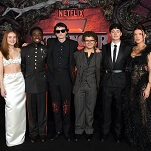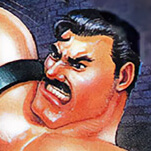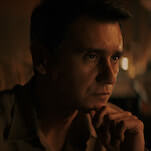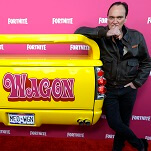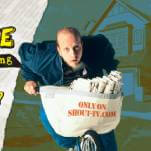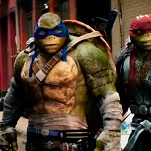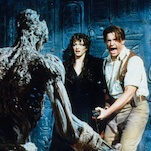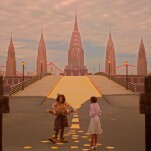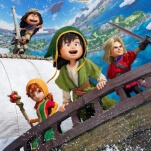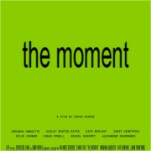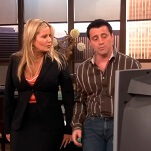Tearaway (PS Vita)
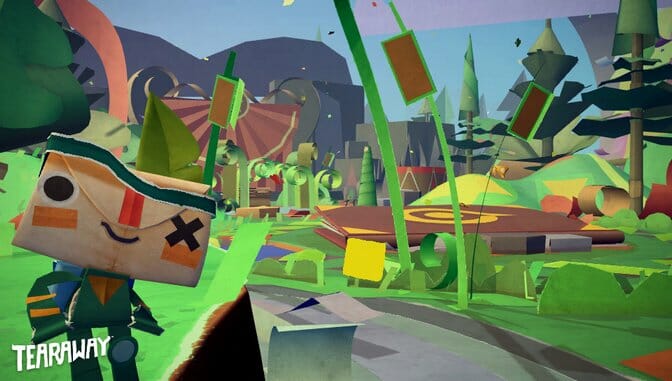
My first draft of this review started with the words “Tearaway isn’t just a game.” That’s because when I wrote that first draft I apparently didn’t care about saying anything interesting or all that perceptive. Tearaway is totally a game. You push buttons and move joysticks and in response things happen on a screen—that’s how much of a game this thing is. It should be played and when it is played it will probably be loved.
The reason it isn’t “just” a “game” though is because it wants to recreate itself in the real world. It wants you to take what you see inside this game, the characters and objects and backdrops, and introduce them into your physical surroundings. Everything in Tearaway looks like paper, and throughout the game you’ll unlock printable patterns that let you reassemble the game. Get on your computer, log into your account, load up a pattern and get printing. After a little bit of scissoring and folding and pasting you’ll have a three-dimensional replica of the two-dimensional business from inside the game.
Tearaway regularly ignores the wall between game and player, referencing you directly in the game world in both word and image. By urging you to bring what you see into actual existence, though, it eliminates the physical gap between you and the game. It’s a gimmick, but an exciting one that inspires creativity within players often derided for oblivious passivity. As 3D printers grow cheaper and more common-place, this sort of interaction could come to redefine how games are experienced. In Tearaway, it’s just a neat little sidebar to an adorable game.
Tearaway has all the charm, artiness and mixed-media visual appeal of Media Molecule’s other platformer, Little Big Planet. Little Big Planet remains a tremendous achievement, perhaps the best game about making games, but Tearaway is more enjoyable as a game because it focuses primarily on play instead of creation. It wants to get you interested in arts and crafts, and regularly asks you to draw new objects within the game and decorate various characters, but that’s all incorporated into the game’s story. It’s not an overwhelming possibility space like Little Big Planet’s creation tools, but the levels and story comprise a unified whole and not just a long (albeit charming and well-crafted) tutorial.
Tearaway also shoulders the burden of showing exactly what a Vita is capable of. This should be the first game everyone who gets a Vita plays from here on out. It unobtrusively shows off every aspect of Sony’s handheld, using the camera, microphone, touch screen, rear touch pad and motion sensing system to interact with the paper environment in different ways. Your heroes, the ambulatory envelopes known as Iota and Aoti, often need your fingers to help them out of a jam. You’ll tap the rear pad like a hand drum to propel the paper creatures into the air, or slide along the pad as a digital finger breaks through the paper ground and pushes massive obstacles aside. In the small gaps between “your” “finger” and the upturned edges of ruptured paper you’ll see flickers of your real physical surroundings as captured by the Vita’s camera.


